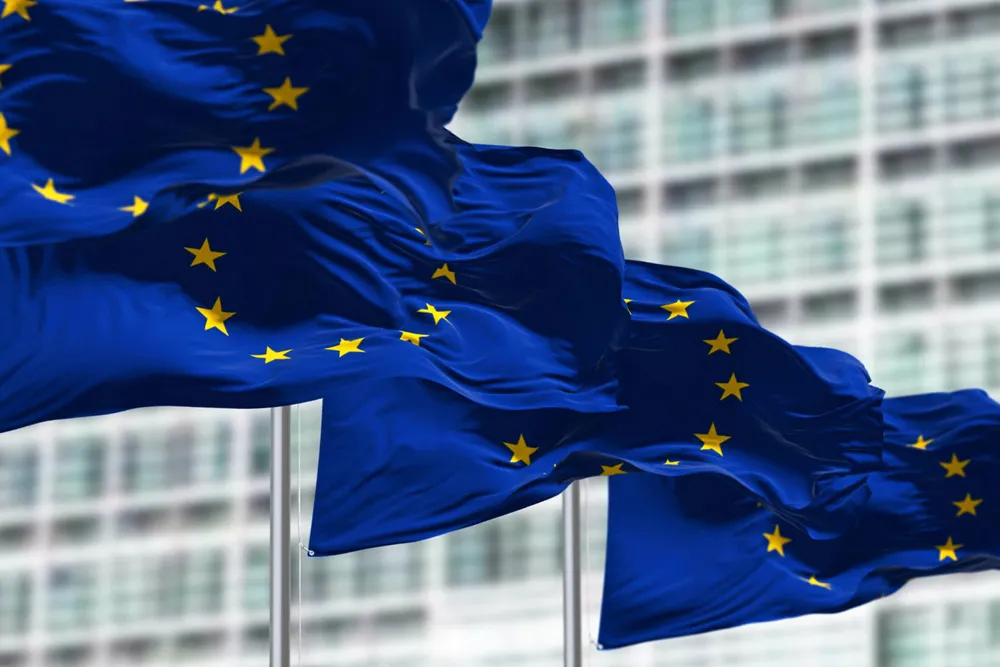EU's 2030 targets for green hydrogen use in industry and transport become law with publication in official journal
Member states now have 18 months to transpose the updated Renewable Energy Directive into national policy and regulations

Member states now have 18 months to transpose the updated Renewable Energy Directive into national policy and regulations
